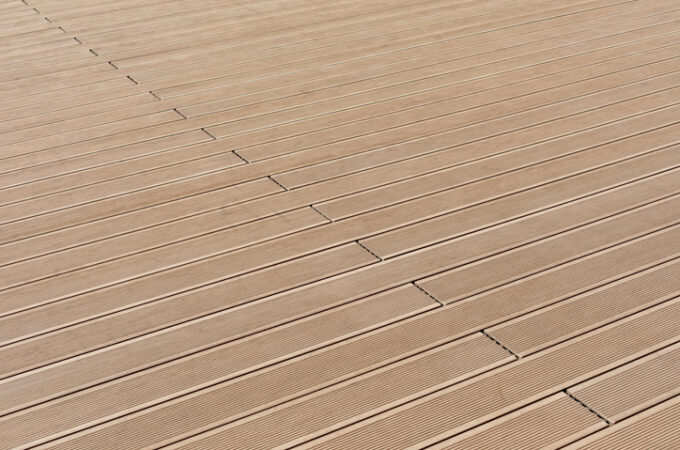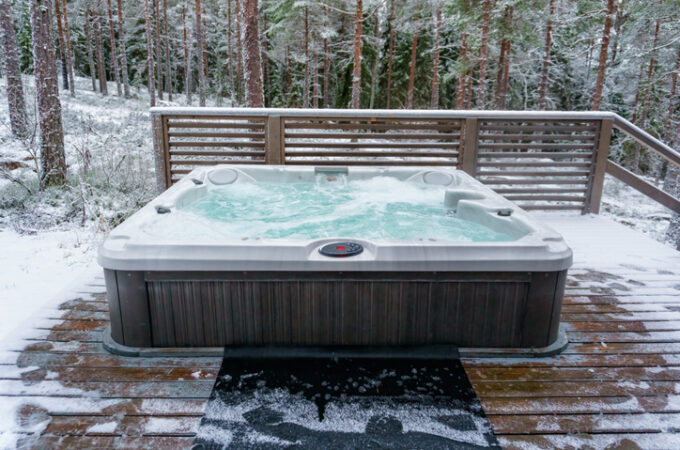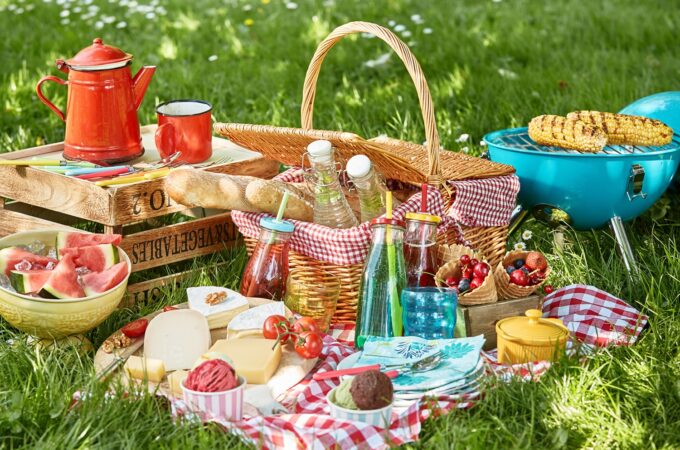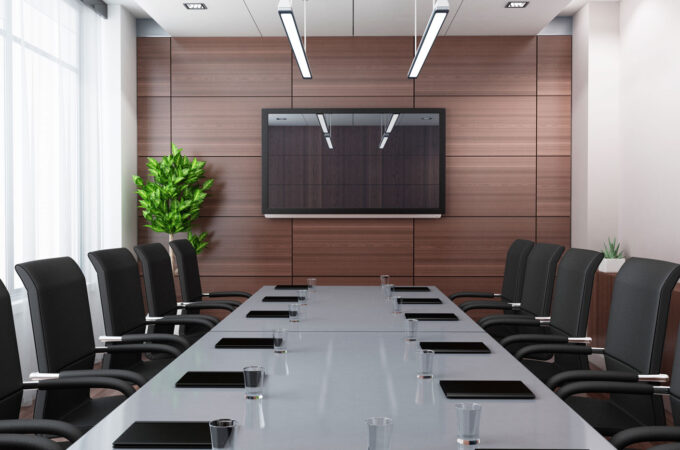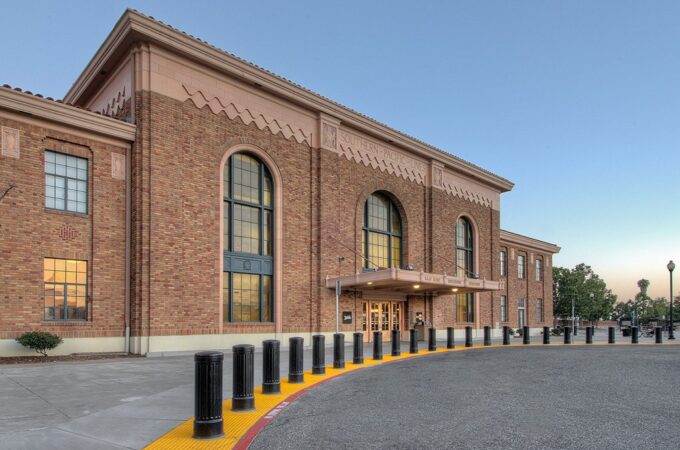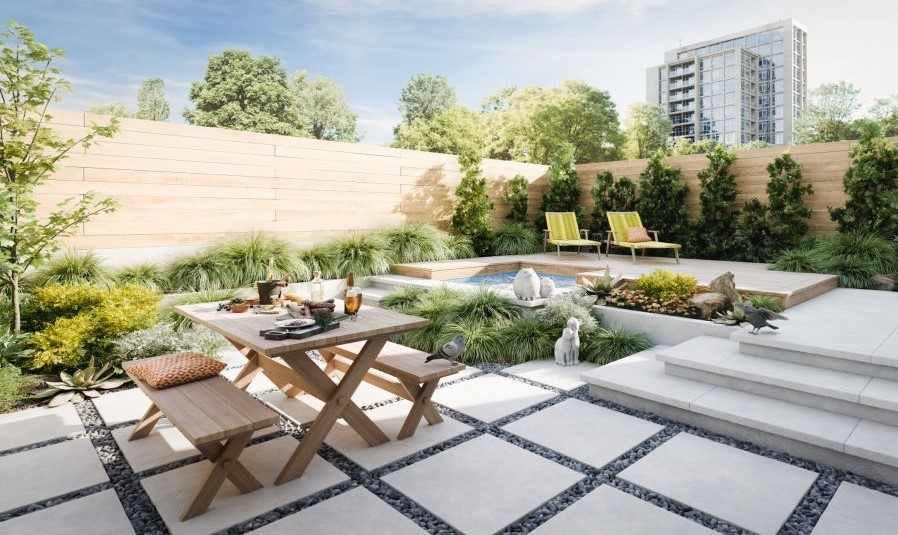
12 Easy Landscape Design Ideas
Landscape design can be a daunting task, especially for those who have never had any experience with it. Even more so if you are designing your own backyard or outdoor space from scratch! If you’re looking to create an outdoor living area that is beautiful and functional, here are 12 easy landscape design ideas for inspiration.
1. Use plants to create a focal point
A focal point is the most important element in your landscape design, it draws attention and creates an anchor for all other elements. When designing your outdoor living space, use plants to create a focal point.
One easy option is to use large trees or hedges to mark the boundaries of your outdoor living area, block off any areas you don’t want guests or family members walking through. Plant flowers at the front of your borders if you have them so that everyone can see them when they first walk in. This way, they will subconsciously know that this area is the main focus of the yard.
Another simple but effective idea is to plant several different colors or shapes of plants close together in groups around various parts of your yard. Using shrubs or bamboo in your garden beds will also add an element of privacy. Finding it hard to implement? You can always get in touch with creativegreenaz.com.
2. Decorate with sculptures and furniture
When designing your yard, use the space to show off any art pieces or sculptures that you have hanging around. If you have a set of interesting statues, break them up and display them throughout your garden so guests can see them from all angles. Wall-mounted planter boxes can hold plants while providing extra seating for when friends come over for dinner. An outdoor dining area is another great way to get creative with your landscape design. You could even place some chairs alongside your flower beds so you’re able to sit down there while performing other tasks such as gardening!
To save money on building materials, recycle old items into unique pieces for your yard. For example, use an old door as a bench in your garden, or repurpose bricks and old floorboards to make planter boxes.
3. Use water
Landscaping with running water is incredibly therapeutic- you don’t need much of it to create the illusion of a waterfall; even if you can’t afford to install an expensive pump system, simply adding boulders to part of the stream will help the water flow like it’s coming down from higher ground.
Water also has several practical benefits: using it as part of the irrigation system will save money on buying fertilizer (allowing you more freedom when designing), fish are attracted to ponds which helps control insects and mosquitos, and plants grow faster due to the extra humidity.
You could even use water features as part of your furniture! Floating planters are a stylish way to display beautiful plants.
4. Add an outdoor lighting system
Nighttime outdoor living spaces are very popular these days, but they can be difficult to create or maintain with traditional methods. Instead of stringing up electrical lights around your pergola, consider using solar-powered landscape lighting kits. These systems come with everything you need for installation is quick and easy, they cost next to nothing to run, don’t detract from the overall look of the area (solar lights blend into their surroundings), plus they’re completely safe due to waterproof insulation on all electronic components. For best results, choose warm white lights which reflect the natural light coming from your outdoor lamps.
5. Use living walls to save space
If you’re running out of options for planting or simply don’t have enough outdoor living space, consider using vertical planter systems. These are incredibly easy to install- all you have to do is drill small holes in your brick, stone or wooden fence and insert mesh netting. Fill up your wall with soil mix and low-maintenance plants, then sit back and watch as they grow upwards! Vertical gardens are great for adding color to plain surfaces, controlling pests by growing certain types of plants that attract beneficial insects, plus they look great too.
To keep your foliage healthy without spending a fortune on garden supplies every week, consider using drip irrigation systems to water your plants. These efficient tools use 1-2 gallons of water per hour but you can control the flow rate easily for different plants and soil types. Drip irrigation systems are especially helpful if you have a large yard that’s difficult to reach with traditional methods, or if you’re growing taller plants that don’t require as much water.
6. Choose hardy plants
It can be tempting to fill up your garden with beautiful flowers since they’re colorful and look great against a backdrop of green foliage, but this idea isn’t always practical from a design perspective. Some flowers only last one or two weeks before dying out, which means having to regularly plant new ones in their place so there’s always something to look at. Instead, focus on using perennial flowers that bloom all year round- they’re low maintenance and provide color throughout the seasons!
You can also opt for shrubs instead of flowers to create privacy screens around your yard or hide ugly areas that you don’t want visitors to see. You can use rocks, wood planter boxes, patio furniture or anything else you have laying around to conceal these spaces. Just plant bushes right in front of them so nobody realizes what’s there until they stand directly in front of it.
7. Add lighting effects
Adding light sources to darker areas is a great way to create cozy outdoor settings without spending too much money since most homeowners already own lamps and other items ideal for this purpose; plus, the level of customization involved makes it easy to design something that perfectly suits your preferences.
To highlight specific areas of your yard, position lighting sources around them and turn them on just before you go out for the night- this is a great way to make an area more inviting, showcase the best features of the garden, or simply boost curb appeal.
If you want to work with prefabricated light fixtures but aren’t thrilled by traditional choices available at your local home improvement store, consider using an ornamental fountain as part of your lamping system instead. There are plenty of models designed specifically for this purpose which range from stylish European designs to whimsical Asian fountains.
8. Add graphic elements to pathways
Pathways are another simple way to add dimension and definition to your outdoor living space, but you don’t have to go the traditional route of laying down gravel or wood chips. To give your walkways a modern look, use decorative stone pieces in different shapes and sizes: irregular stones create a path that’s less predictable than simple paving stones and nicely mirrors the natural features surrounding it.
If you prefer paved walkways, try using black and white tiles for an eye-catching design that’s overlaid with colored lines. This is not only aesthetically pleasing but functional as well- since most pavers come in 3’x3′ dimensions (roughly 36 square inches), this means there are nine large squares in every square yard; when grouped together they can be used to create a series of lines on your path that’s straight, zig-zagged or curlicue.
9. Plant hardscape elements
In addition to planting grasses and flowers, one way to add interest to your landscaping is through the use of hardscape materials which include things like rocks, wood planter boxes, patio furniture and more. These items are a great way to merge the boundaries between outdoor living spaces and nature while adding a sense of permanence which stands out in stark contrast against soft plants that will eventually die out over time.
If you have a water feature such as a pond or fountain you want people to focus their attention on instead of obstructing it with large pieces of stone or lumber, opt for plant pots or tiered planters instead. Potted palm trees are especially great for this purpose since they can be easily relocated without compromising the aesthetics of what you’re trying to do- whenever you want people to notice your water feature, just move the pots out of the way!
You can also use hardscape materials as decorative additions that complement plant life rather than detracting from it. For instance, try using a stone mosaic to create low walls around newly planted flower beds so they grow up against them and quickly fill in any holes between stones so there’s no need to take care of it later on.
10. Upgrade existing features
People who see your landscaping firsthand will notice things like worn down patio furniture, peeling paint and other details that might seem unappealing in terms of curb appeal. However, making changes to things like outdated swing sets and slides can be rather expensive, which is why you should consider upgrading features that are already in place instead of replacing them. For example, you can turn an old metal bench into a new stone or cast-iron bench with little more than some basic spray paint (it’s usually best to choose darker colors since they’ll make the design stand out more).
To replace wooden decor like tables and chairs, try painting it white or light colors before coating it with polyurethane to keep it from getting damaged by the weather; this tends to work much better than simply staining wood since you won’t need to purchase additional products every few years.
11. Use an existing shade structure
If you have a large outdoor area then you may want to invest in something like a pergola and other types of freestanding patio structures (these will come with their own instructions for installation, naturally). However, if you’re tight on space or just don’t want the responsibility of having to maintain another structure, simply opt for installing some sort of shade cover that isn’t anchored into the ground. A good example are fabric parasols that are easy to install with most standard patio furniture sets . They come in different sizes so you can choose one that best fits your needs while adding plenty of coverage over any seating area currently in place.
12. Rethink traditional hues
Finally, one of the easiest landscaping ideas you can pursue is to alter how you think about color in general. Even though most people focus on using lively colors that stand out against a neutral backdrop when redecorating or re-landscaping their yards, this isn’t necessarily the best way to approach things. In fact, you often get more bang for your buck when choosing subtle colors like light gray and dark brown since they’ll blend in with the grass and any plant life without looking too boring or drab.
At times it might be hard to pick out certain colors so especially if it’s your first time doing something like this; try painting some bricks or stones near garden beds with different shades of brown paint so you get an idea of what to look for. Just make sure you don’t paint them too dark since that can create a muddy effect that will only detract from the appearance of your property.
